Do you use batting for sashiko?
Sashiko and batting have a very shallow history. | Practical advice for batting x sashiko
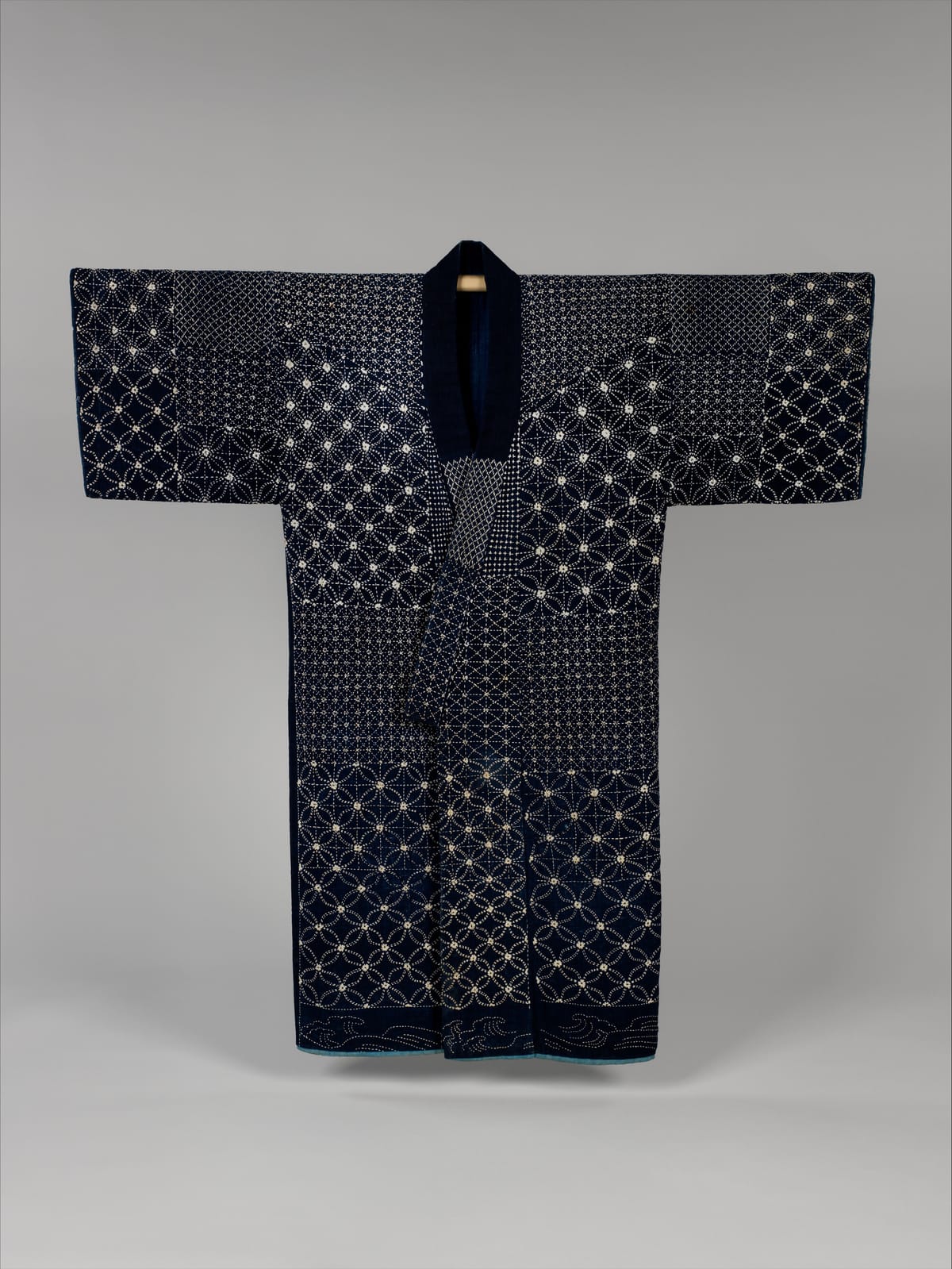
Until recent times, batting was not used for sashiko. In a way, sashiko was used instead of batting in olden times.
Sashiko is a running stitch that is traditionally used to patch garments that have worn thin, prevent this kind of wear even before it happens, or make thin linen fabric warmer by adding thousands of little stitches of cotton thread.
If you are looking for information on whether or not you can use batting for sashiko, maybe you are thinking about making a sashiko quilt?
Why do you not use batting for sashiko?
The tradition of sashiko began in Japan during times when there was no batting available. Even though it is unclear when exactly the simple running stitch evolved into the beautiful patterns that sashiko is known for today, it has been documented for over 400 years. And in the 17th century, there simply was no batting.
Even for 火消半纏 hikeshibanten, thick jackets that were worn by firefighters during the Edo period, traditionally no batting was used.
These jackets were dipped in water to protect the wearers from the heat of the fire and from catching fire themselves, so it made sense if they could soak up a lot of water.
Hey, there!
My site contains affiliate links. So if you buy something through one of those links, you don't pay extra but I may get a commission which helps keep my blog and my stitches running. Thanks!
This was achieved by stitching two or more layers together with an absurd amount of cotton stitches.
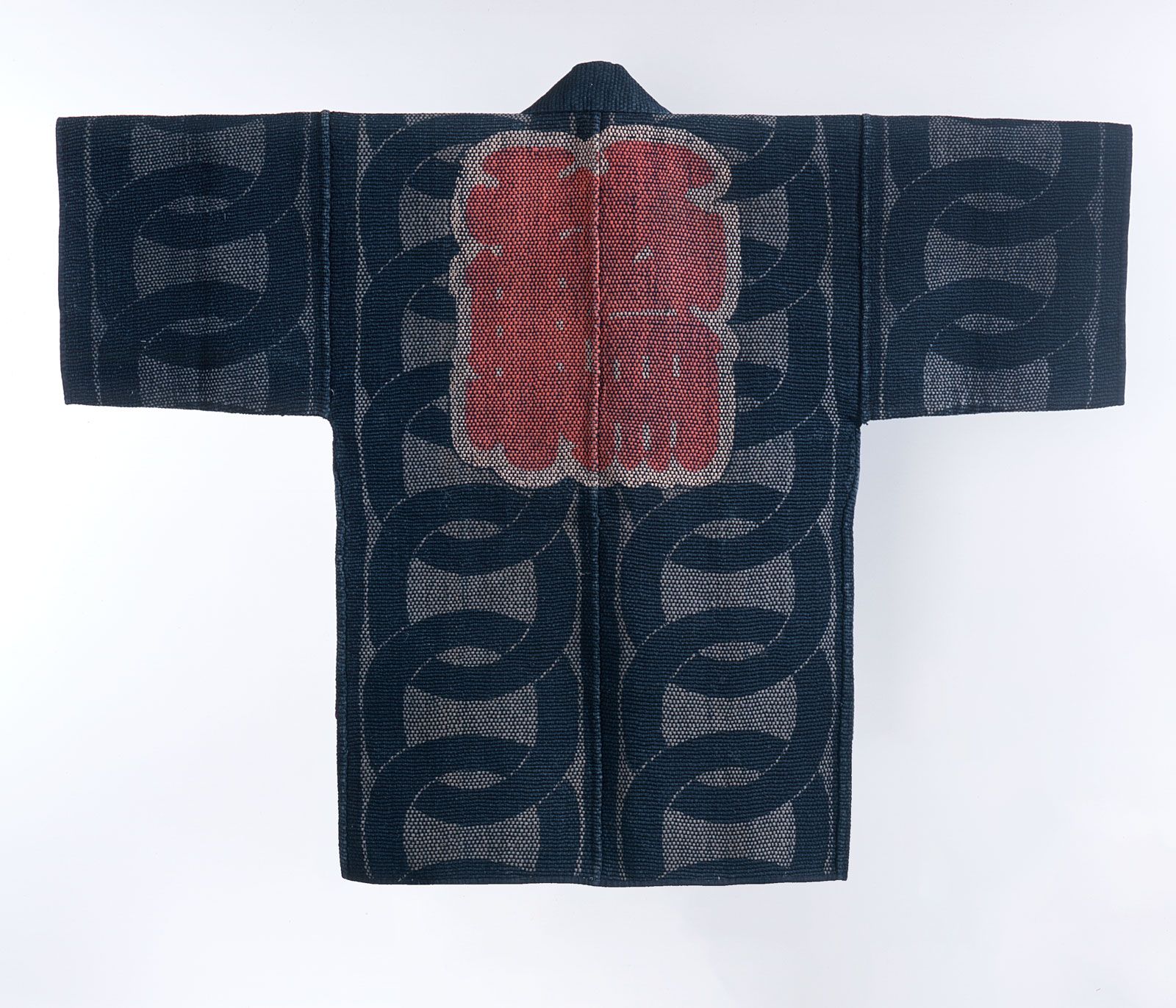
What did people use instead of batting?
Sashiko's original purpose of protecting and warming was achieved by layering and innumerable short and even stitches.
These stitches of cotton thread made rough, handwoven hemp fabric softer and warmer. They also were used to protect clothing from wear and to attach patches to places where the fabric had worn thin to extend their life.
Sashiko was the means to an end. People, at least commoners, could not afford to replace clothing when it was torn or worn thin. So it was mended, oftentimes even before mending was necessary.
The stitches eventually became decorative, but their purpose was not decoration in itself.
Sashiko was not used as batting, but it was sort of used instead of batting. If batting had been readily available at the time when people had to make do with sashiko, the stitching technique might have evolved differently.
As it is, sashiko was used to stitch several layers together and some sashiko looks as if it had batting inside. But the look is achieved by layering fabric upon sashiko fabric and repeating sashiko on top of it. So instead of batting people resolved to layering.

Especially poor people had no choice but to repurpose all available scraps and reuse them in their garments or blankets. This is where boro originates. Today it has a fancy ring to it, but it was born out of poverty. Most Japanese people, even if they aren't aware of this history, think of scraps before they think of fashion items when they hear "boro".
When should you use batting in sashiko?
Nowadays, the sashiko stitching technique is used by many textile artists to create quilts. Some modern artists use batting for their quilts to achieve a certain look or feel.
Batting was not used in combination with traditional sashiko, but if you want to create something beautiful with sashiko that profits from batting, you should definitely try it.
If you want to achieve a traditional look, I recommend you try layering linen or cotton fabric instead of modern polyester batting. Even adding one layer of cotton makes a big difference in the outcome.
While there is no reason not to combine various stitching techniques and practices, I have heard concerns about cultural appropriation. I think these concerns should be taken seriously.
Considering that you are reading about sashiko on the internet, you are probably aware of this problem and tiptoeing around it.
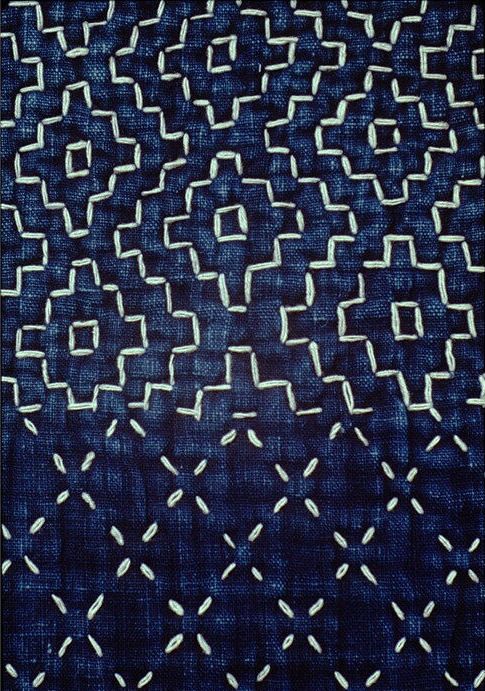
Difficulties with sashiko & batting
The sashiko stitching technique works only if the fabric is not drawn taut. This means you can't use an embroidery hoop.
Without a hoop, the batting might shift while you stitch and you may end up with uninvited waves in your batting. To prevent this, apply basting in an x-shape before doing sashiko.
If you do use a hoop, you won't be able to use a palm thimble and will have to pull the needle instead of pushing it through. Be prepared for stiff hands.
Of course, you could use a hoop and adjust the stitching technique, stitching single stitches one after the other. But in this case, you'll risk that you don't leave enough slack for the stitches. This would result in pulled fabric that doesn't quite resemble traditional sashiko.
Another difficulty that occurs when you use batting, is that even sturdy sashiko needles may not be up for the task. Stitching through three or even four layers of linen cloth is no big deal for a good sashiko needle. Add batting and you may end up breaking a needle or two.
If you choose to use batting for your sashiko project, make sure to be extra careful and consider loading not quite as many stitches as usual onto your needle.
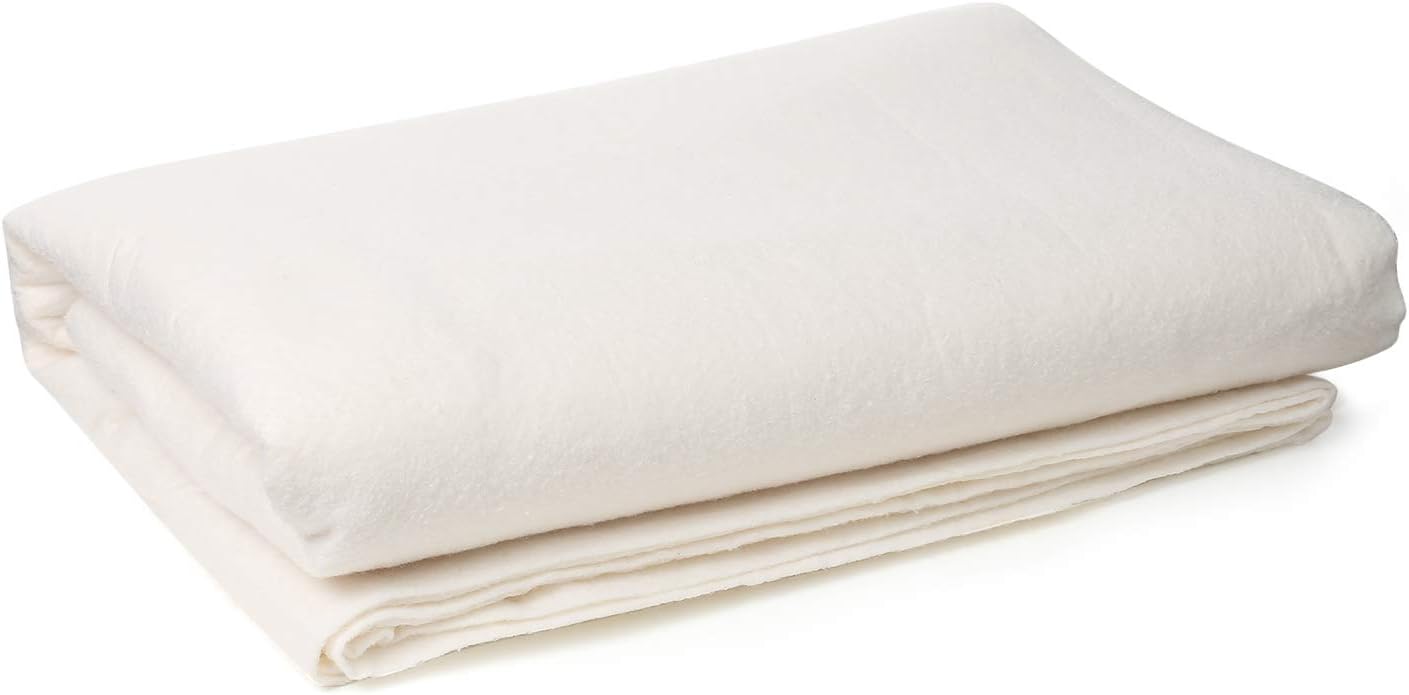
Natural Cotton Batting
Not too thick to use for sashiko, but you still shouldn't load too many stitches on.
If you are aware of the difficulties and you don't mind investing additional time or risking pulled fabric, then you should simply go for it and create the quilt or garment or other fabric-piece-of-art of your dreams.
For information on quilt making, check out my post on "How to quilt with sashiko."
Whatever project you choose, I hope you enjoy stitching and end up with a lovely present for yourself or others!
If you create anything, let me know by tagging #stitchesontherun when you share it on social media. Thanks in advance (⑅˘͈ ᵕ˘͈)♡


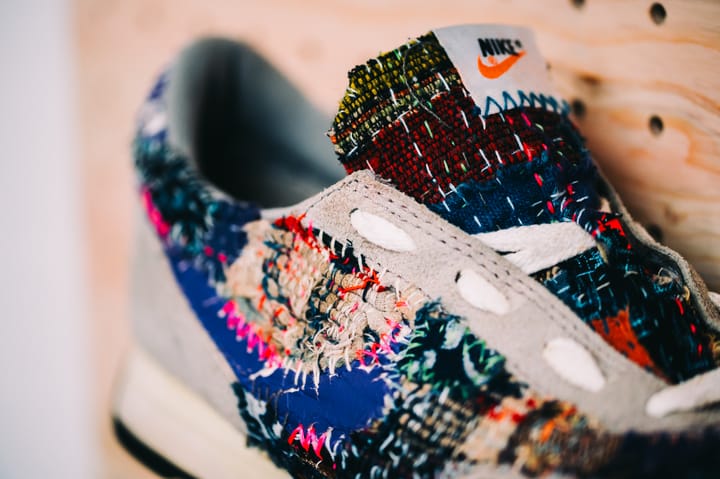
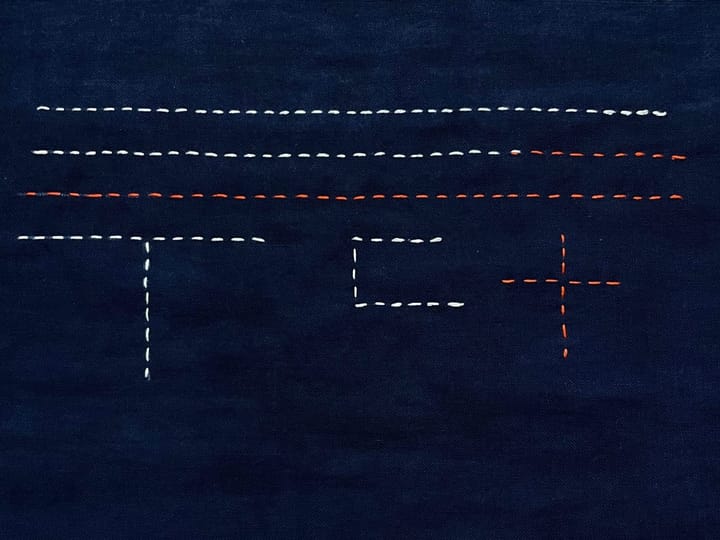
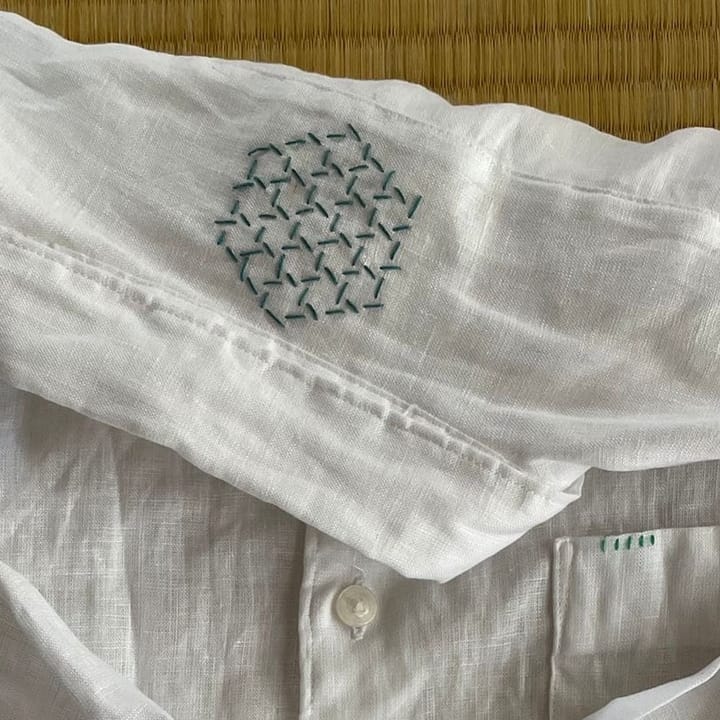
Comments ()